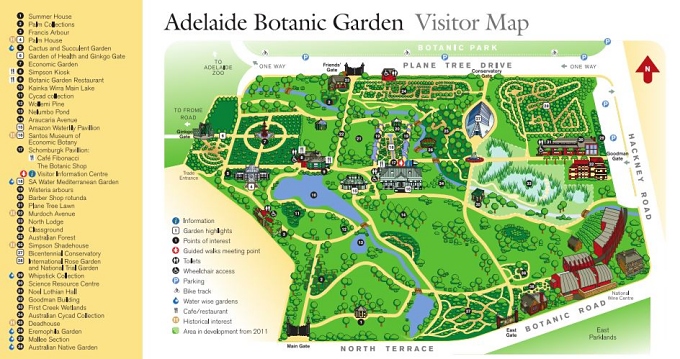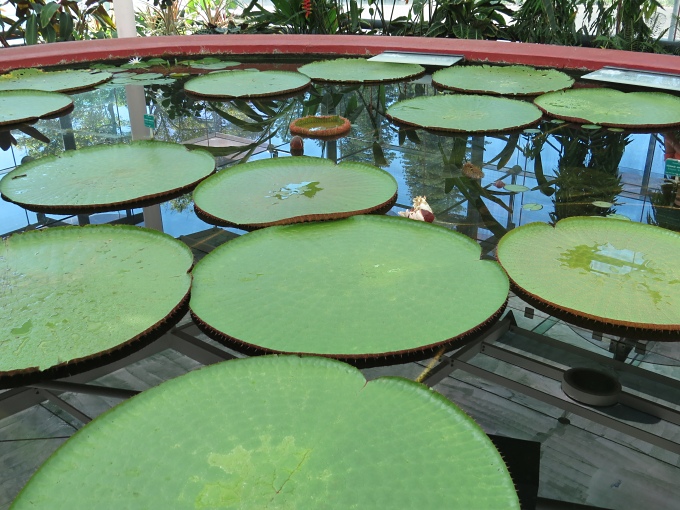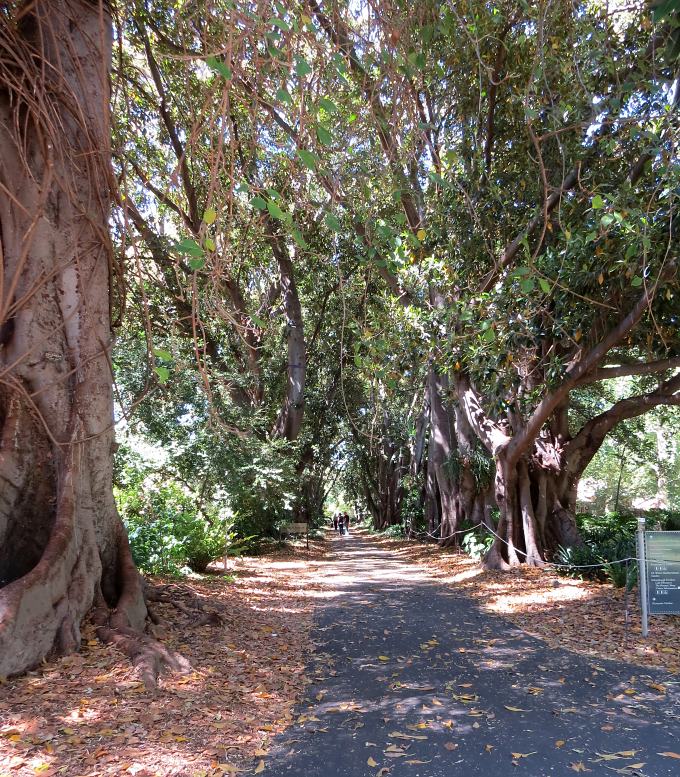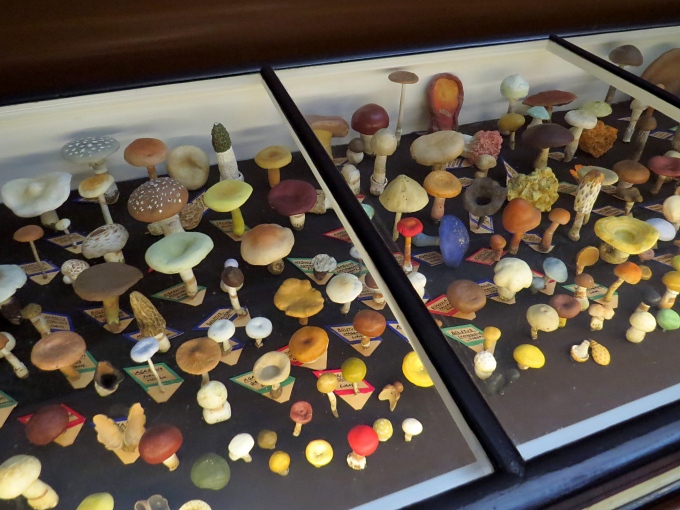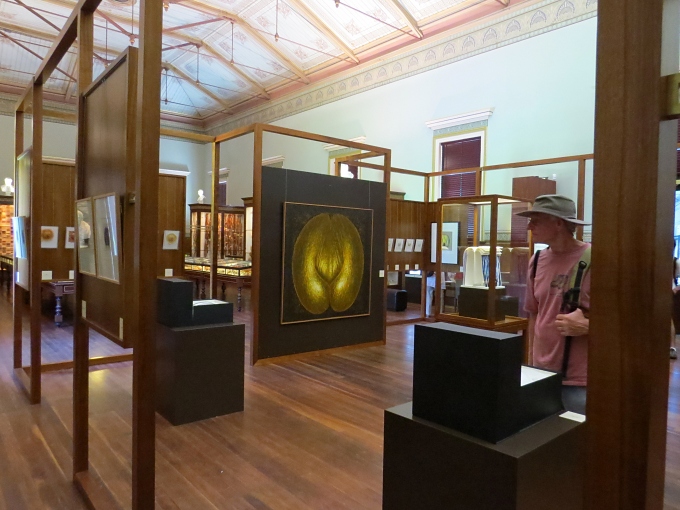Adelaide's Historic Botanic Gardens
/There are actually three botanic gardens in the Adelaide area, but we visited the most accessible one within walking distance to the city center. The Adelaide Botanic Gardens encompass about 51 acres of land on the original parklands surrounding the city as planned by Colonel William Light. The gardens officially opened in 1857.
We wandered around in the morning when it was cool and lovely and fragrant. We were drawn in immediately by the Lotus Garden. The lotus were in bloom … dinner plate size, lovely pink blossoms that could knock your socks off. Ducks and water fowl slid into the water between the reedy stems and leaves and disappeared into the coolness within.
We stopped at the Amazon Waterlilly Pavilion en route to the Info Center. Though it was warm outside, the high humidity hit us immediately as we entered. This lovely glass house's singular purpose is as a home to the elegant Victoria amazonica waterlily. Though none were in bloom, the huge lily pads covered the surface of the pond. We remembered seeing even larger pads and colossal blossoms on our trip to Iquitos on the Amazon several years ago.
Free tours of the garden were available and we took advantage. It ended up being a personal tour as no one else showed up. Teresa, our guide, was extremely knowledgeable and obviously knew the gardens well. We strolled down the oldest avenue of Moreton Bay Figs in Australia.
She pointed out flowering caper plants in one garden (like the ones I put in my potato salad or eat with salmon and cream cheese on bagels)...
...and echinacea in the herbal health garden. She provided insight into Aboriginal medicine and remedies.
We visited the exquisite Victorian glass palm house. Constructed of clear and cobalt glass supported by iron glazings and imported from Bremen, Germany in 1875, it's thought to be the only one left in existence. It's been painstakingly refurbished and houses plants from Madagascar. An interesting note here … Australia and Madagascar were joined 150 million years ago as part of the super-continent, Gondwana and thus some of the plants in the Palm House are ancestors of many of Australia's native plants.
The Bicentennial Conservatory was built in 1988 and is the largest single span conservatory in the southern hemisphere (we're not really sure what that means, but it was impressive) and houses lowland rainforest plants. There's a wonderful glass mirrored sculpture in front of the Conservatory entitled Cascade by Sergio Redegalli that's most impressive.
At the end of the tour, Teresa encouraged us to visit the Santos Museum of Economic Botany right next to the Visitors Center. Opened in 1879, it celebrates the value that the botanical world brings to our society and the importance of plants in our lives; past, present and future. It is considered “the last purpose-built colonial museum in the world”. I came across a mushroom exhibit and was amazed at just how many types and colors of mushrooms there were and wondered what Alice would think of all of these.
The current exhibit, Coco der Mer, offers an artist's obsession with the largest seed in the world, the coco de mer (coconut of the sea) found exclusively in the Seychelles Islands of the Indian Ocean. It was odd and definitely erotic in a weird sort of way, but interesting.
What impressed us most about these gardens weren't the flowers or even the beautiful glass houses or the museum. It wasn't the eye candy that got to us. It was an epiphany of sorts … an “Oh, I finally get it!” moment when we figured out that botanic gardens weren't designed primarily to display beautiful blossoms or help to introduce us to and identify exotic trees and shrubs. No, they served very distinct purposes in the early colonial days: To establish forest reserves and preserve populations of endangered species of the area; to develop and evaluate new crops to determine which were (are?) best suited for the climate and environment; to provide fresh fruits and veggies; to provide seedlings to start other gardens and orchards; to evaluate the medicinal uses of local plants and herbs as advised by the indigenous people; and the list goes on and on.
I'm always amazed at what we learn on what we considered an ordinary trip to city.


